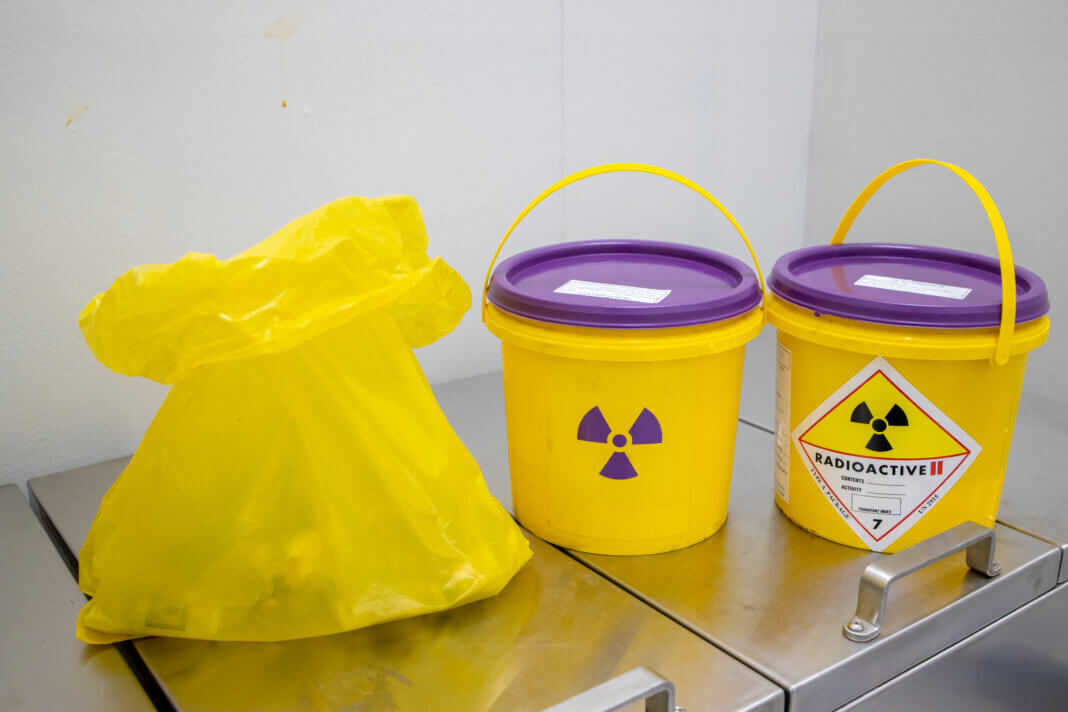The Hidden Hazard: Radioactive Waste in Recycling and Its Environmental Toll
As societies around the globe continue to emphasize sustainability, circular economies, and environmental responsibility, recycling has become a cornerstone of eco-friendly living. But beneath the surface of this positive movement lies a lesser-known threat—radioactive contamination within the waste and recycling stream. This silent danger poses significant challenges not only to human health but also to ecological systems and long-term sustainability efforts.
Radioactive materials, often originating from industrial, medical, and energy-related processes, can find their way into recycling facilities undetected. When improperly disposed of, these hazardous substances introduce risks that are difficult to reverse and are frequently overlooked by the general public.
Where Does Radioactive Waste Come From?
Radioactive waste isn’t limited to nuclear power plants. In fact, many everyday sectors generate radioactive byproducts, including:
> Medical facilities, through the disposal of materials used in imaging, cancer treatment, and diagnostic testing.
> Manufacturing, especially in the production of specialized metal alloys, ceramics, and glazes.
> Consumer goods, such as old smoke detectors or vintage luminescent watches.
> Energy production, including byproducts from fuel processing plants and the decommissioning of nuclear reactors.
When items containing radioactive isotopes are discarded without proper handling, they can be unknowingly mixed into recycling streams or general waste processing facilities. This creates an unpredictable and dangerous environment for workers, ecosystems, and communities.
The Environmental Consequences
Radioactive materials are long-lasting and don’t degrade easily. When such substances infiltrate waste streams, their impact ripples far beyond the original disposal site:
> Contamination of groundwater and freshwater sources occurs when radioactive particles seep through soil and leach into aquifers or waterways.
> Damage to ecosystems is a pressing concern. Radioactive pollution can devastate plant life, harm wildlife, and reduce biodiversity in affected areas.
> Agricultural and fishing industries face long-term threats as soil and water become unsuitable for food production, jeopardizing food safety and supply.
> Recycling systems become compromised when tainted materials pass through facilities and contaminate otherwise recyclable materials, forcing entire batches to be discarded.
In short, radioactive contamination undermines the core goals of environmental stewardship—clean water, healthy ecosystems, and safe reuse of materials.
Why Radiation Monitoring Matters
The solution begins with awareness and robust radiation detection systems. Early identification of radioactive materials is crucial in preventing contamination before it spreads.
Advanced sensor networks and real-time monitoring systems offer a proactive approach. These technologies can detect even low-level emissions, ensuring that dangerous materials are flagged before entering processing streams. When integrated across recycling facilities, such systems not only reduce environmental risks but also safeguard workers from potential health impacts.
Furthermore, direct disposal strategies—where radioactive materials are handled through secure, non-recyclable pathways—minimize the chance of reintroducing these elements into the ecosystem. It’s not just about disposal; it’s about ensuring that the loop of sustainability remains clean and safe from end to end.
What Needs to Happen Next?
To build a recycling industry that aligns with green principles, significant investments must be made in:
> Radiation detection infrastructure at waste and recycling centers.
> Public education about safely disposing of radioactive consumer items.
> Policy enforcement that mandates safe handling, transport, and disposal of radioactive materials.
> Support for research and innovation in radiation-safe recycling technologies.
Environmental protection must extend beyond plastics and emissions—it must also address invisible threats like radioactive waste, which can undermine decades of progress in sustainable living.
A Cleaner Future Starts with Smarter Systems
Recycling is a powerful tool in the fight against environmental degradation, but only when the system itself is protected from hidden dangers. By recognizing the threat of radioactive waste in the recycling stream and implementing better detection and disposal methods, we can preserve the integrity of our sustainability goals.
For those committed to environmental progress, now is the time to champion safe, smart, and science-backed approaches that keep both our planet and its people safe for generations to come. For more on this, check out the infographic below from Kanawha Scales, an industrial scale company.
